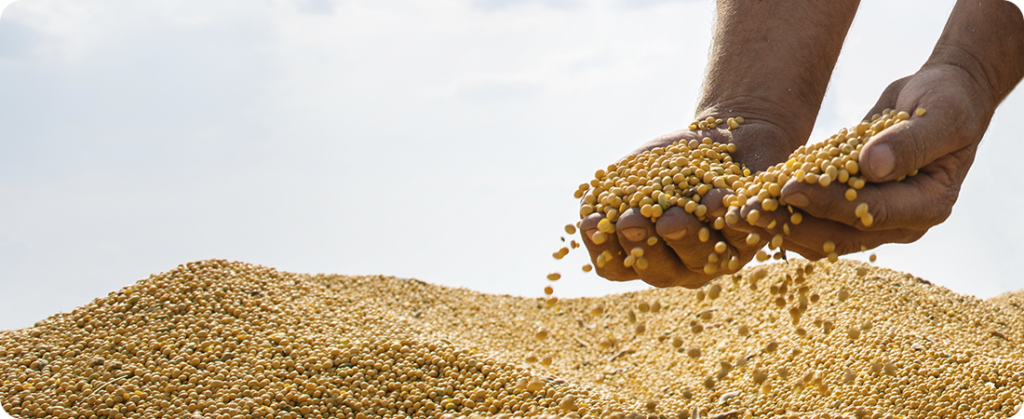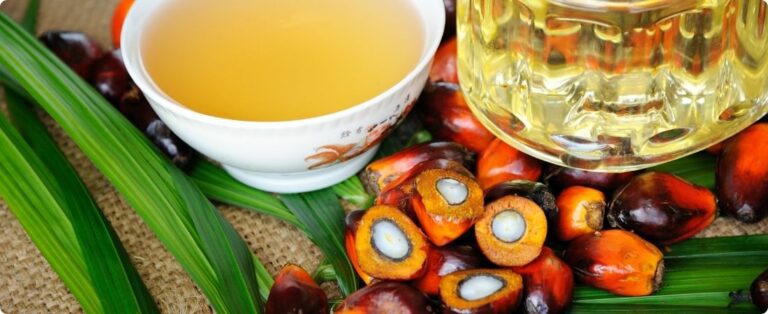
The planted area will reach a record 45.62 million hectares. This represents an increase of 2.5% compared to the previous year. Furthermore, the initial harvest forecast is 163.25 million tons, an increase of 4.5% in relation to the previous harvest. Therefore, El Niño will affect the climate. It will alter rainfall patterns and increase temperatures. It is expected to persist until October next year, causing climate instability.
Until the beginning of this year, Brazil was under the effect of La Niña. This resulted in more summers in the South region. Furthermore, there was an increase in rainfall in the North and Northeast regions of Brazil. However, with El Niño, the rainfall pattern changes. The temperature rises, as is happening in 2023 in Brazil. There was no winter with very low temperatures, nor frosts, as in previous years. This is what João Vitor Gomes Pasquetto, agronomist for Market Development at Stoller, analyzes.
Technology and technical advice: Stoller's approach to growing soybeans during El Niño
Stoller do Brasil, a Corteva Agriscience company, highlights its commitment to establishing close ties with farmers through consultancy. Furthermore, they emphasize how this approach is changing the dynamic between industry and farmers. The company has developed three key concepts to face the challenges of soybean production: “Comece Bem” focuses on the initial phase of the crop, “Soja Forte” maximizes plant productivity and resistance, and “Nutra&Defenda” nourishes plants and increases their resistance. to diseases. This helps farmers improve the profitability of their crops.
“We are very focused on technical support with the producer. Therefore, in the South region, crops may be more susceptible to diseases due to the favorable environment and also due to the possible lack of time to make applications at the correct time. With excess water, the producer is unable to enter the field. Farmers who use planes have an operational advantage in management over those who only have ground sprayers and spend days waiting to drain the water before it can enter the crops”, he analyzes.
Source: Leonardo Gottems | agrolink










